Are corporations capable of change? Popular opinion sees disruption as damaging to corporations and favoring start-ups, but corporations are learning how to embrace change and foster innovation by empowering their most ambitious leaders. Professors Charles A. O’Reilly III, Andrew Binns and Michael Tushman share the hard-won lessons of corporations that have successfully pushed back against fear and inertia. These organizations recognize and support employees who possess and can act upon insights about the future of the business, and who drive change from within the corporate structure.
Corporations are closing the innovation gap with start-ups.
Conventional wisdom holds that large firms operate at a fundamental disadvantage compared to start-ups. Corporations rely on the profits of a mature business model. They are risk-averse and unwilling to commit significant resources to unproven ideas. In his book The Innovator’s Dilemma, Clay Christensen argues that this makes corporations vulnerable to disruption: a new way of doing things that changes all the rules and makes old business models irrelevant.
However, in the 25 years since the publication of Christensen’s book, corporations have learned to leverage their assets to create an innovation advantage.
Corporate explorers are leaders from any level of an organization who turn their insights into initiatives.
Corporate explorers do not wait for permission from above; they see opportunity, initiate their projects and get leadership on board to create their own mandates.
Krisztian Kurtisz of UNIQA Insurance, for example, believed that the insurance industry had lost touch with its original mission: ...









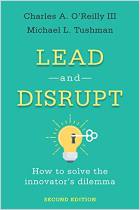
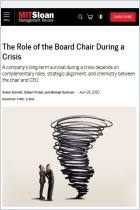
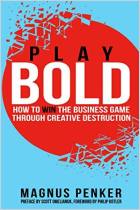
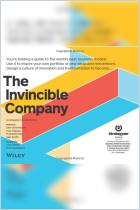

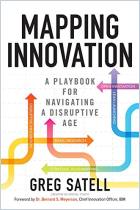
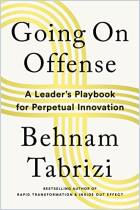




Comment on this summary or Comenzar discusión